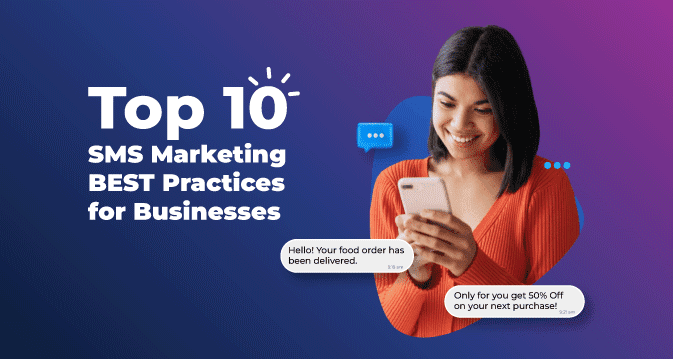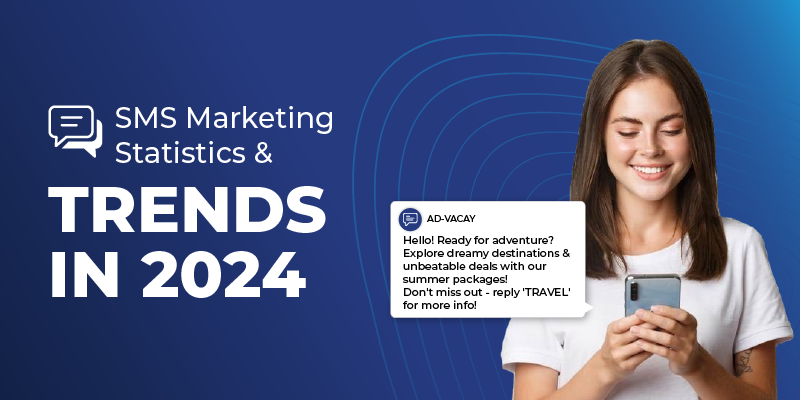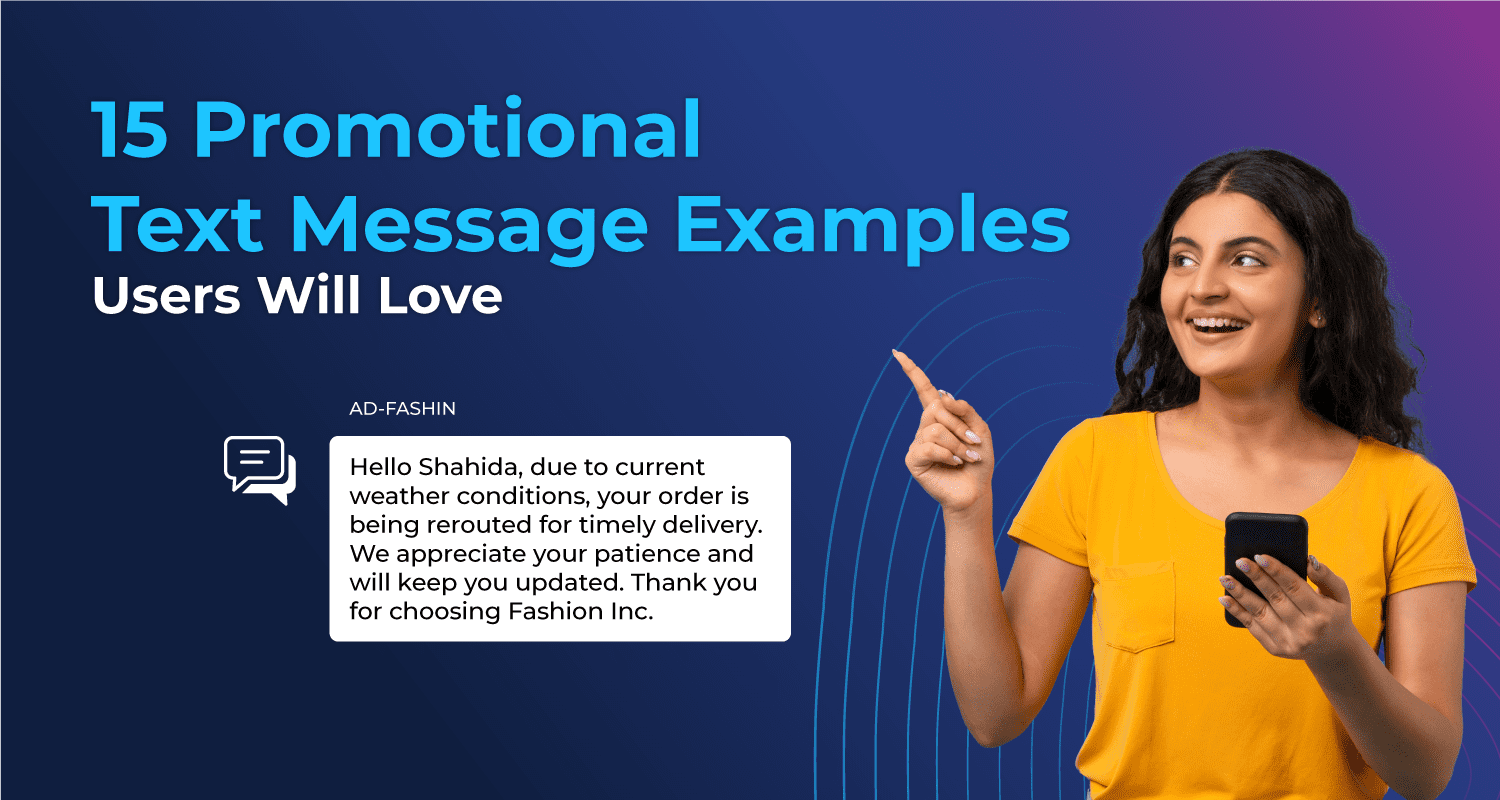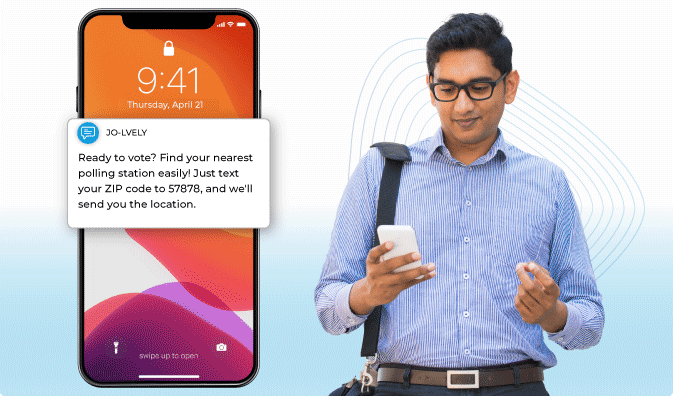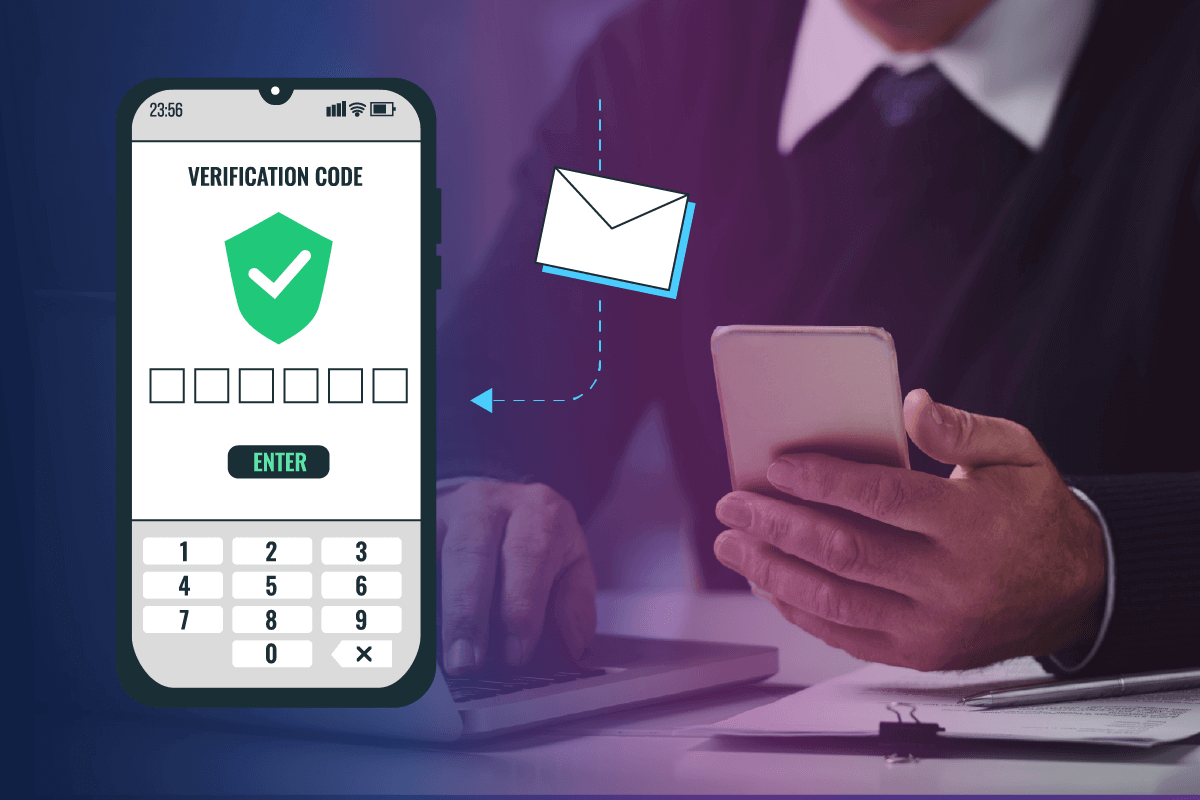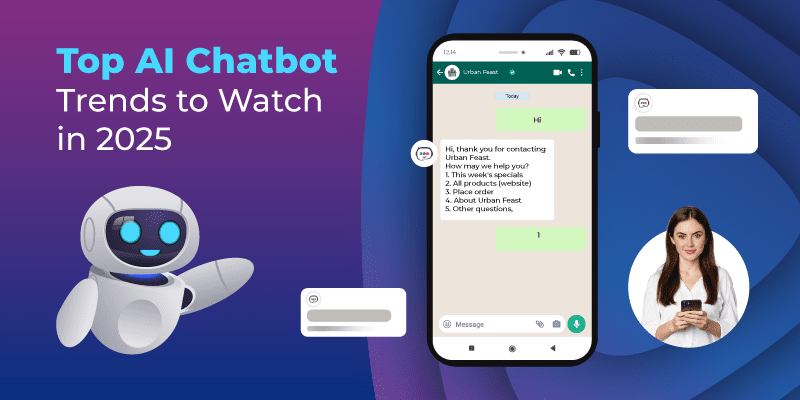In today’s fast-paced world, people are glued to their mobile phones. This constant connection presents a golden opportunity for businesses to connect with customers through SMS marketing. But with so many messages flooding inboxes, how can you ensure yours stand out and get results? Here are some top SMS marketing best practices to help your business text its way to success:
Summary:
- Permission is Key: Building Trust from the Start
- Keep it Short & Sweet: Respecting Attention Spans
- Value Over Volume: Make Every Text Count
- Timing is Everything: Sending Messages at the Right Moment
- Personalize the Experience: Adding a Human Touch
- Call to Action: Tell Them What to Do Next
- Track & Analyze: Measure Your Results for Improvement
- Integrate with Other Channels: Amplify Your Reach
- Make it Fun & Engaging: Experiment with Different Content
- Don’t Be Salesy: Build Relationships, Not Just Transactions
 1. Permission is Key: Building Trust from the Start
1. Permission is Key: Building Trust from the Start
The foundation of any successful SMS marketing campaign is consent. Never send unsolicited text messages. Instead, encourage customers to opt-in through clear and easy-to-understand methods like website signup forms, in-store promotions, or social media campaigns. Always provide a clear way to opt out as well.
 2. Keep it Short & Sweet: Respecting Attention Spans
2. Keep it Short & Sweet: Respecting Attention Spans
Remember, SMS stands for Short Message Service for a reason! People are unlikely to read lengthy text messages. Keep your messages concise, clear, and to the point. Aim for around 160 characters or less.
 3. Value Over Volume: Make Every Text Count
3. Value Over Volume: Make Every Text Count
Don’t bombard customers with constant texts. Focus on sending high-value messages that provide them with something they actually want, like exclusive offers, appointment reminders, or loyalty program updates.
 4. Timing is Everything: Sending Messages at the Right Moment
4. Timing is Everything: Sending Messages at the Right Moment
Sending texts at inconvenient times can backfire. Consider your target audience and their likely habits. For example, weekday afternoons might be a good time for general promotions, while weekend mornings might be better for sending brunch deals.
Also read: 8 Impressive Marketing Benefits of A2P SMS in Banking
 5. Personalize the Experience: Adding a Human Touch
5. Personalize the Experience: Adding a Human Touch
Personalization goes a long way in SMS marketing. Use customer data (with permission) to address them by name and tailor offers to their interests. This creates a more engaging experience.
 6. Call to Action: Tell Them What to Do Next
6. Call to Action: Tell Them What to Do Next
Don’t leave your customers hanging after reading your message. Include a clear call to action (CTA) that prompts them to take the desired action, whether it’s visiting a website, redeeming a coupon, or calling your store.
 7. Track & Analyze: Measure Your Results for Improvement
7. Track & Analyze: Measure Your Results for Improvement
Just like any marketing campaign, track your SMS campaign results. Analyze metrics like open rates, click-through rates, and conversion rates to see what’s working and what needs tweaking. Use this data to optimize your future campaigns for even better results.
 8.Integrate with Other Channels: Amplify Your Reach
8.Integrate with Other Channels: Amplify Your Reach
SMS marketing works best when combined with other marketing strategies. Promote your SMS opt-in options on your website, social media platforms, and email campaigns. This creates a multi-channel approach that increases your reach and reinforces your messaging.
 9. Make it Fun & Engaging: Experiment with Different Content
9. Make it Fun & Engaging: Experiment with Different Content
Don’t be afraid to experiment with different types of SMS content. Use emojis to add personality, send short polls to gather customer feedback, or run contests and giveaways to create excitement. Keep your messages engaging and interactive!
 10. Don’t Be Salesy: Build Relationships, Not Just Transactions
10. Don’t Be Salesy: Build Relationships, Not Just Transactions
SMS marketing is a powerful tool for building relationships with your customers. Don’t just focus on pushing sales. Use SMS to provide valuable information, share behind-the-scenes glimpses, or offer birthday greetings. This builds trust and loyalty, leading to long-term success.

